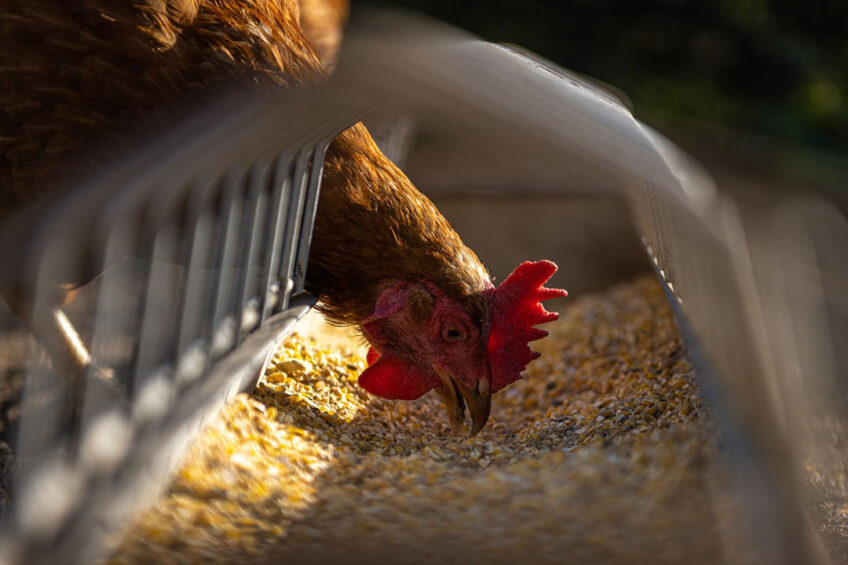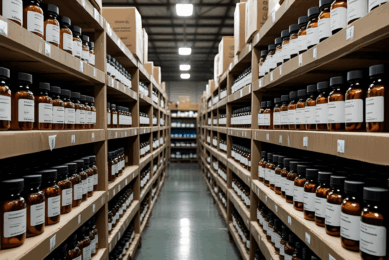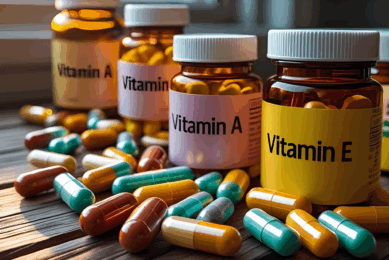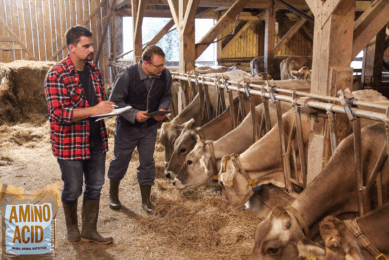Russia to ramp up feed production despite economic turmoil

Russia needs to boost feed production to sustain a rise in domestic livestock and poultry production, Vyacheslav Butkovsky, President of the International Industrial Academy outlined, speaking during the Compound Feed 2022 conference in Moscow.
The production should rise to 40 million tonnes by 2025, Butkovsky said, adding that over the past few years the country has managed to nearly completely avoid import dependence on animal feed.
Poultry feed is the largest segment
In 2021, Russia produced 31.9 million tonnes of feed, 3.6% up compared to the previous year, the Russian state statistical service Rosstat estimated.
- Poultry feed production increased by 2% to 15.7 million tonnes,
- Pig feed by 4% to 13.4 million tonnes, and
- Cattle feed by 8% to 2.6 million tonnes.
Currently, feed in Russia is produced at 280 mills across 53 regions, Butkovsky said.
Feed mills in operation up 50%
Feed production in Russia keeps growing, said Valery Afanasiev, President of the Union of Feed Producers, speaking during the conference.
During the first quarter of 2022, the production rose by 9.1% compared to the same period of the previous year. The number of feed mills in operation jumped by 50% during the past decade, he estimated.
Dark clouds above the country’s economy
The new forecasts are being released keeping in mind the gloomy projections over the Russian economic growth in the next few years. The World Bank estimated that Russian GDP will contract by 11.4% in 2022, triggering a 2-year recession —the worst since the Soviet collapse.
Goldman Sachs has also forecast a 10% contraction, while the Institute for International Finance think tank has projected a more damaging 15% plunge in Russian GDP in 2022 and a further 3% in 2023. Foreign analysts anticipate that almost all segments of the Russian economy will take a hit.
Feed additives are imported
The Russian Agricultural Ministry anticipates this year’s feed production to reach 32.8 million tonnes. Nadezhda Durygina, deputy director of the livestock department of the Ministry said.
However, she stressed the high import-dependence on feed amino acids and vitamins, only lysine and methionine are produced in Russia.
Lysine production is planned to be increased to 84,000 tonnes in 2022, which will cover 67% of the domestic demand, she estimated. Methionine production is likely to rise to 27,000 to cover 47% of the country’s needs. Valine, tryptophan, and threonine are not produced in Russia. The demand in each segment is close to 45,000 tonnes per year, Durygina said.











